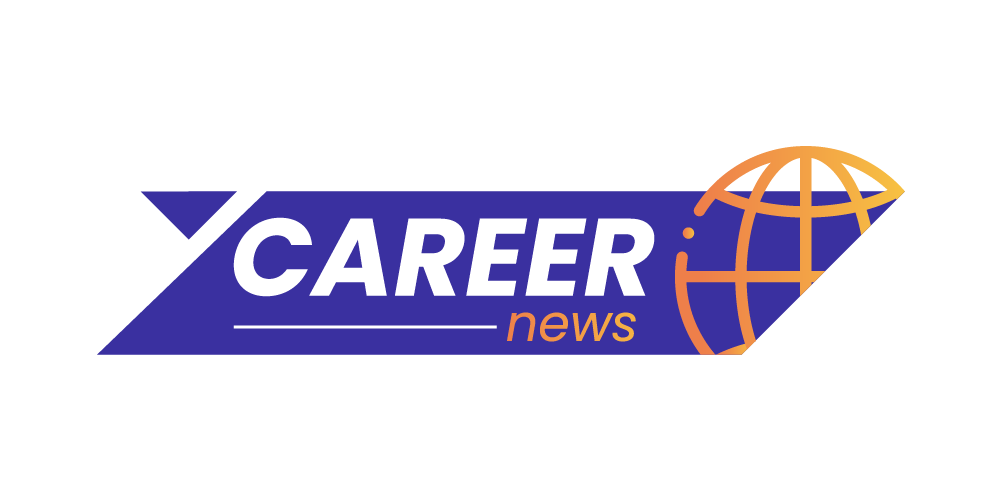
4 Surprising Ways Science Teachers Can Use 3D Printers
3D printers are not limited to engineering classrooms. Science teachers are increasingly turning to 3D printers as a fun new way to engage students with hands-on learning.
Thingiverse Education, MakerBot’s online community for educators, features over a hundred free lessons that make teaching with a 3D printer easier and more effective for a variety of grade levels and subjects. Its Science section is especially robust with a variety of lessons that cover topics like biology, earth science, and more. Here’s a sampling of some of these lessons.

Explore a Multi-Layer Interactive Animal Cell
By completing this project, students will learn how to identify the parts of an animal cell and how they relate to each other. The concepts of the animal cell are relatively higher-level so this lesson is best suited for students in middle and high school.
Objective: Students will be expected to learn the functions of each piece of the cell. They will hopefully be able to make the connection between the cell and the objectives in biology and in science.
Duration: The great thing about this project is that it is very open-ended for the educator. Once the parts are printed, this can take up an hour of class time, or several class periods if students complete presentations.
View the full lesson plan, including downloadable files here.
Cover Earth Science Applications
This project is intended to build up a library of landforms that can be used for teaching earth science. Terrain2STL is an easy-to-use app that converts terrain from Google Maps into STL files so that you can pick nearly any terrain you want to print. The files can then ne cleaned up and modified in software like Meshmixer and Tinkercad.
This project was made for use in middle school (grades 6 - 8), but could be useful for all ages.
Objective: This project is intended to create 3D models of landforms for use in the earth science classroom. Models can be used as examples during instruction. They can also be used for assessment. For example show a student a landform and ask them to explain how it might have been formed.
Duration: Depending on how in depth you want to cover learning concepts, this project can take just one or a few class periods.
View the full lesson plan, including downloadable files here.

Build a DNA Model
Discuss the structure of the DNA molecule and how specific features, such as the sequence of chemical bases and the rules of base pairing, allow the molecule to carry and pass on information related to the inheritance of traits. Have students build a model of DNA with a given sequence of chemical bases.
Objective: Students will be expected to:
- Understand that chromosomes are structures in the nucleus of a cell that carry genes
- Understand that genes are smaller units that contain the hereditary code, DNA
- Students will be able to describe the structure of the DNA molecule.
- Students will be able to explain the rules of base pairing.
- Students will understand that information is stored within the DNA molecule in the form of a sequence of chemical bases, each referred to by the first letter of its name (A, T, C and G).
Duration: 90 minutes
View the full lesson plan, including downloadable files here.

Demonstrate Frog Dissection
In this project, students work in groups to research their frog, acquire background information, conduct student-driven dissections, record their observations, and think critically about the relationship between anatomy and habitat. Students will then communicate what they learned to their classmates with diagrams. The kit includes:
- a sample lesson plan
- digital files to 3D print a large life-size frog body
- six 3D printed organs that fit together like puzzle pieces
Duration: 3-5 class periods
Objectives: Students will understand the following:
- The importance of frogs in their local ecosystem.
- Why a frog is uniquely suited to its habitat.
- Concepts of adaptation and natural selection
View the full lesson plan, including downloadable files here.
Link nội dung: https://career.edu.vn/science-teachers-use-the-3d-a40329.html
